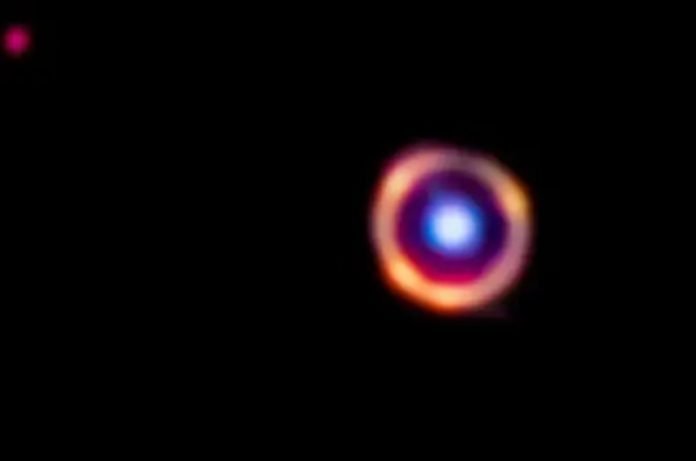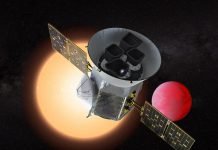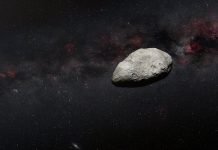
In a groundbreaking discovery, scientists using the James Webb Space Telescope (JWST) have detected complex organic molecules in a galaxy over 12 billion light-years away, making it the most distant galaxy where such molecules have been found.
This remarkable finding provides crucial insights into the chemical interactions that occurred in the early universe’s first galaxies.
The study, published in the journal Nature, was a collaborative effort between researchers from the University of Illinois Urbana-Champaign, Texas A&M University, and an international team of scientists.
The journey to this discovery began when astronomy and physics professor Joaquin Vieira and graduate student Kedar Phadke were studying hard-to-detect galaxies hidden by dust.
Dust grains in space absorb and emit a significant portion of stellar radiation, making it challenging to observe distant objects using ground-based telescopes.
However, with the advanced capabilities of the JWST and careful analysis by the research team, they were able to differentiate between signals from massive dust grains and those of newly observed hydrocarbon molecules.
The JWST received a boost in its observations through a phenomenon called gravitational lensing, which acts as “nature’s magnifying glass.”
When two galaxies align almost perfectly from Earth’s perspective, the light from the background galaxy is warped and magnified into a ring-like shape known as an Einstein ring.
By focusing on a galaxy called SPT0418-47, previously identified by the National Science Foundation’s South Pole Telescope, the JWST could examine the galaxy’s obscured features, thanks to the gravitational lensing effect.
SPT0418-47 is located 12 billion light-years away, representing a time when the universe was less than 1.5 billion years old.
The spectroscopic data obtained by the JWST revealed that the interstellar gas in SPT0418-47 is enriched with heavy elements, indicating that multiple generations of stars have already existed and died in the galaxy.
The researchers identified a specific type of molecule called polycyclic aromatic hydrocarbon (PAH), which is composed of carbon chains and can also be found on Earth in exhaust from engines or forest fires.
These organic molecules serve as the fundamental building blocks for the earliest forms of life.
The significance of this discovery lies in the ability to observe regions in galaxies that were previously hidden.
The researchers now have a better understanding of the atomic and molecular composition of SPT0418-47, shedding light on the formation, lifecycle, and evolution of galaxies.
This newfound knowledge opens up new possibilities for future observations and further exploration of the cosmos.
Professor Vieira expressed his excitement about the unexpected findings, emphasizing that detecting complex organic molecules at such a vast distance is a game-changer for future discoveries.
As scientists continue to unravel the mysteries of the universe, the JWST proves to be an invaluable tool, made possible by the support and funding from U.S. taxpayers, the National Science Foundation, and NASA.
This remarkable discovery highlights the fascinating interconnectedness of the cosmos and reinforces the ongoing quest to comprehend our place in the vast expanse of space.
Source: University of Illinois at Urbana-Champaign.




